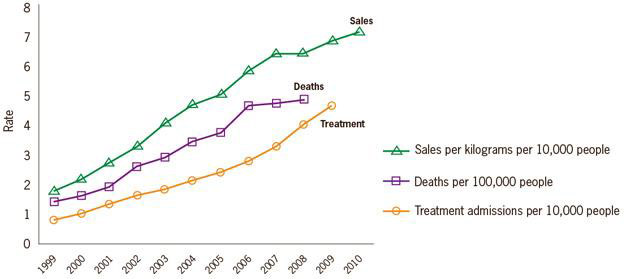The Real Facts About Accident Law
If you’re like most Americans … you’re busy. Work and family obligations take most of your time, not to mention commitments to community and religious organizations. You rush through your day toward the next deadline, the next meeting, the next appointment … interruptions, especially serious interruptions, are the last thing you need. Yet, far too often, your entire life can be shattered by something you never saw coming — an accident.
According to the U.S. National Vital Statistics System, accidents are the fifth leading cause of death in the United States.1 Fortunately, statistics show you are likely to survive most accidents, but the personal injuries you sustain can be crippling — both physically and financially. Produced by the Office of Statistics and Programming, National Center for Injury Prevention and Control, the chart below shows the estimated number of nonfatal injuries, and average and total lifetime costs by nature of injury.
Nonfatal Hospitalized Injuries, Both Sexes, All Ages, United States, 2005

The numbers speak for themselves:
- Total number of people hospitalized: 2,007,736
- Average medical cost: $20,162
- Medical cost total: $40,479,375,000
- Work loss cost average: $45,988
- Work loss cost total: $92,332,647,000
- Combined cost average: $66,150
- Combined cost total: $132,812,022,000
Accidents can happen anywhere, at any time. They can happen at work, at a friend’s home, and whenever you are out and about. But do you know where you are most vulnerable for an accident? You guessed it — your car.
A commonly overlooked epidemic is opiate addiction due to pain management prescriptions. According to the CDC, overdoses from prescription painkillers are the cause of around 15,000 deaths a year, that’s higher than deaths from heroin and cocaine combined.2
Too many people become addicted to opiates after being prescribed interventional medicine for their pain. Many people think they can control the amount of consumption of these drugs, but in reality these drugs are highly addictive and have ruined many lives resulting in extreme debt, ruined relationships, ruined careers, and all too commonly, death.
Rates of prescription painkiller sales, deaths and substance abuse treatment admissions (1999-2000)3

Sources
1http://www.cdc.gov/mmwr/preview/mmwrhtml/mm5846a5.htm?s_cid=mm5846a5_e
2http://www.cdc.gov/Features/Vitalsigns/PainkillerOverdoses/
3http://www.cdc.gov/vitalsigns/PainkillerOverdoses/index.html#StateInfo